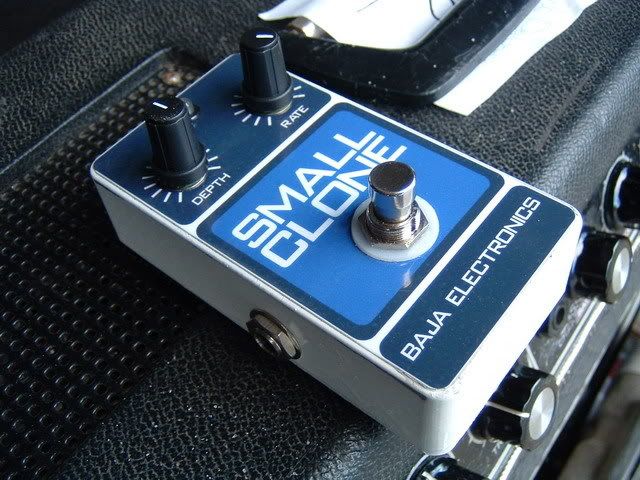vertiges
Well-known member
Hi all,
I would like to share my experience...
I've tried the two methods :
1) With waterslide decal paper, you have to print your design on it and after that, you have to apply a few coats of Krylon for basicaly protecting the printing against the water. So the film begins to be thick and it's long because you have to wait 15 minutes between the coats.
2) With the Safmat : you have to print your design on it and when the ink is dry, the self-adhesive film is ready to use. The film is very thin.
The problems I had with the Safmat methods are :
a) The film is a little darker (more grey ?) than the colour under it.
b) It's quite hard to get rid of all the air under without damaging it.
c) It's hard to position the "little squares" of films.
With the waterslide decal paper, my conclusions are :
a) It's maybe more visible because more thick and the texture (looks like irregular platic when you look very closely) of the film is not as well finished as the Safmat BUT the film is exactely the same colour than the colour under it !
b) When you position the "little pieces" you've cut, it's so easy !!! As long as they are still wet, you are able to re-position them !
c) Less expensive !
Which one do you prefer and why ?
eD)))
I would like to share my experience...
I've tried the two methods :
1) With waterslide decal paper, you have to print your design on it and after that, you have to apply a few coats of Krylon for basicaly protecting the printing against the water. So the film begins to be thick and it's long because you have to wait 15 minutes between the coats.
2) With the Safmat : you have to print your design on it and when the ink is dry, the self-adhesive film is ready to use. The film is very thin.
The problems I had with the Safmat methods are :
a) The film is a little darker (more grey ?) than the colour under it.
b) It's quite hard to get rid of all the air under without damaging it.
c) It's hard to position the "little squares" of films.
With the waterslide decal paper, my conclusions are :
a) It's maybe more visible because more thick and the texture (looks like irregular platic when you look very closely) of the film is not as well finished as the Safmat BUT the film is exactely the same colour than the colour under it !
b) When you position the "little pieces" you've cut, it's so easy !!! As long as they are still wet, you are able to re-position them !
c) Less expensive !
Which one do you prefer and why ?
eD)))





